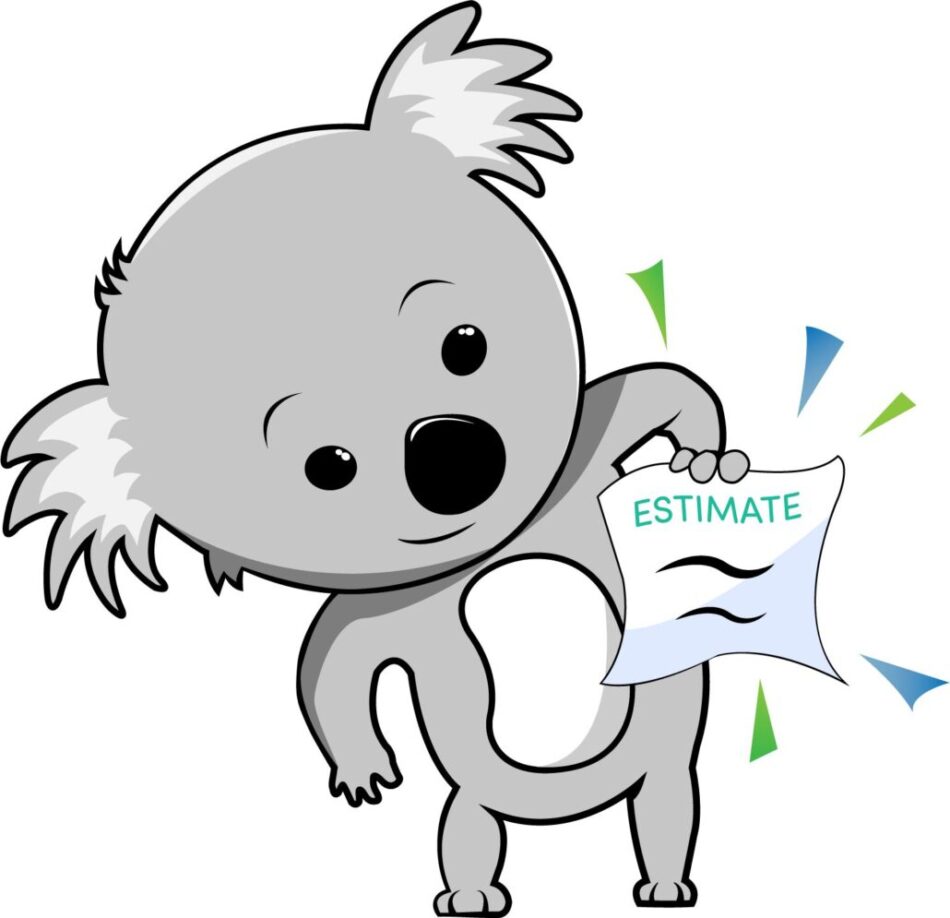What to Look For: DIY Checks and Inspections

DIY Checks and Inspections:
There are numerous ways to determine where you may need more insulation and air sealing. Each home is different so it's vital to check which projects your home may need. If you are looking for a more thorough energy audit it may be beneficial to hire a home energy professional to perform a comprehensive inspection. During the inspection, they will be able to identify potential safety issues for you and your home.
Checking Your Attic Levels:
Materials and Equipment needed for your DIY inspection are the following:
- Boards to walk on if needed
- Tape measure
- Flashlight/headlight
- Hard hat or cap to protect the head from sharp roofing nails
- Safety glasses, gloves, and dust mask/protective face masks
Some attics may have vermiculite insulation that contains asbestos. Vermiculite is a pea-size, lightweight, grey mineral. It's important you do not disturb vermiculite insulation unless you had a professional come out and test it in a lab to confirm that it does not contain asbestos. You can contact your local health department and they will provide you with the name of an approved lab. When climbing in the attic watch out for nails pointing up through the ceiling. When maneuvering around make sure to walk on joists or truss chords, avoiding any ceiling drywall or insulation, to avoid falling through the ceiling.
- Method 1: Quick Check of Insulation Levels
- Looking in your attic, if the insulation is level or below the attic floor joists, you need more insulation.
- If you’re unable to see any of the floor joists because the insulation is above them, you probably have enough insulation.
- It’s important that the insulation is evenly distributed with no low spots, sometimes there will b enough insulation and other areas just need some additional blown over.
- Method 2: Measuring Insulation Levels
- Read the R-Value printed on the batts of your existing insulation or use a measuring tape to measure the depth.
Use the table below to calculate the R-value of your insulation by multiplying the measured depth with the numbers below. You will determine the type of insulation first. The number you end up with indicates the R-value of your existing insulation. If it’s less than what is recommended below then you need more insulation.
What you see:
- Loose fibers – light-weight yellow, pink, or white – R-value = 2.5 x depth
- Dense gray or near-white may have black specks- R-value = 2.8 depth
Small gray flat pieces or fibers (from newsprint) -R-value = 3.7 x depth
- Granules – light weight – vermiculite or perlite -R-value = 2.7 x depth
- Batts- lightweight yellow, pink, or white – fiberglass- R-value = 3.2 x depth
Recommended Level of Insulation in Florida.
Add the following insulation levels to your attic:
For uninsulated attics – R30 TO R49, R30 TO R60.
For attics with existing 3-4 inches of insulation – R25 TO R30, R35 TO R38
Floor – For uninsulated basements or crawlspaces – R13, R13 TO R19.
DIY WALL INSULATION CHECK:
You can check if your exterior walls have insulation by using an electrical outlet.
- FIRST TURN OFF THE POWER TO THE OUTLET PRIOR TO BEGINNING THIS CHECK!
- Remove the outlet cover and shine a flashlight to see if you can see if there Is enough insulation in the wall and its thickness.
- Pull out a small sample of the insulation to determine the exact kind of material it is.
- Check all the outlets on the floors as well as old and new parts of the home.
Air Leaks:
Method 1: Visual Inspection for Gaps and Cracks
- Start by doing a walk around in the attic to conduct a visual air leakage inspection.
Method 2: DIY light test for Air Leakage
- Shine a flashlight at night over all possible gaps while someone observes from the outside to see if the light shines through.
- While lights are on at home observe the attic or crawl space to see if you see any light shining through.
- For windows and doors look to see if light shines through the edges.
Method 3: DIY Paper test:
- You can find leaks in windows and doors by using this paper test. Shut a door or window on a piece of pape4r and if you can pull the paper out without damaging it, you have a leak.
Method 4: DIY Smoke test
You can find hidden leaks by doing a simple smoke test. This is conducted by tuning on all fans and vents and using incense smoke, or baby powder to find leaks.
- TURN OFF ALL COMBUSTION APPLIANCES.
- Shut all windows and doors.
- Turn on all exhaust fans that blow air outside.
As you can see there are many ways to do DIY testing for air leaks. You can either hire a professional or try out one of the methods listed above!
Find Your Location


Get a quote


